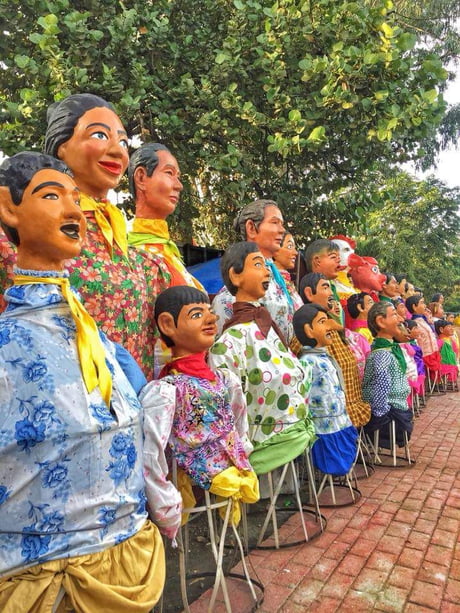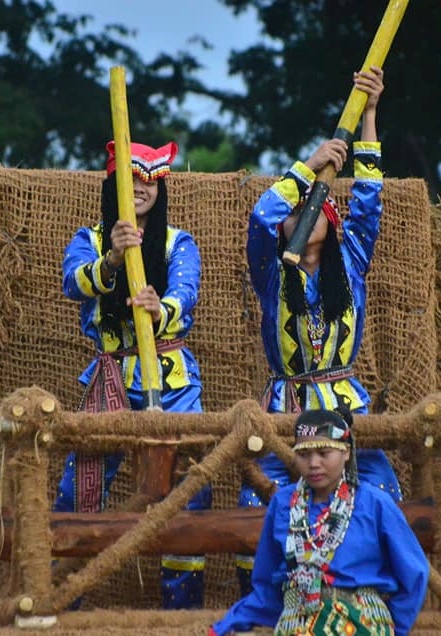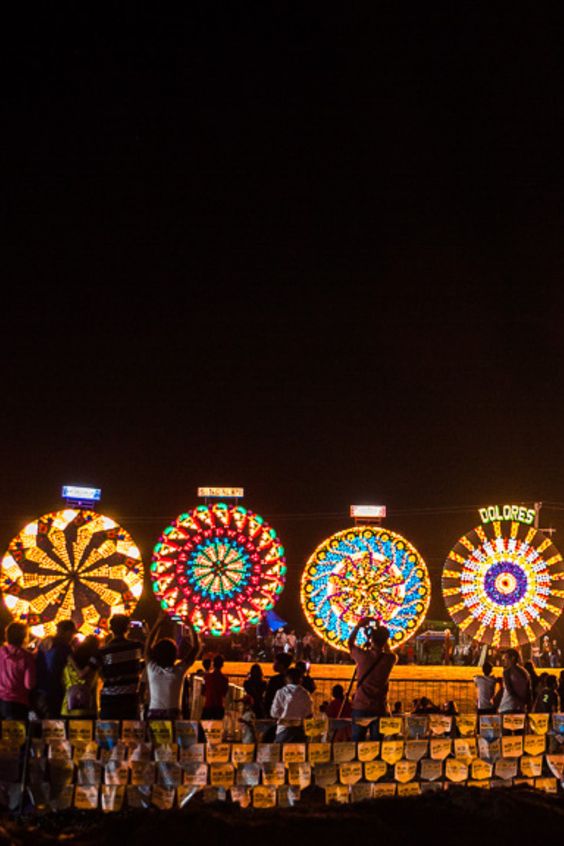

The Panagbenga Festival: A Season of Blooming and Joy
The Panagbenga Festival is an annual flower festival that takes place every February in Baguio City, the summer capital of the Philippines. The word “Panagbenga” comes from the Kankanaey language, which is spoken by the indigenous people of the Cordilleras, and means “a season of blooming” or “a time for flowering.”
The festival was started in 1995 as a way of celebrating the recovery of Baguio City from the devastating 1990 Luzon earthquake that killed thousands of people and destroyed many buildings. The festival was also inspired by the Bendian, an Ibaloi dance of celebration that originated from the Cordilleras. The festival aims to honor the patron saint of farmers, San Isidro Labrador, and to express gratitude for the bountiful harvest of flowers and other crops in the region.

The festival lasts for a month and features various activities and events that showcase the creativity and ingenuity of the locals. The highlight of the festival is the grand street parade that features floats decorated with fresh flowers, fruits, vegetables, and other local products. The floats are accompanied by dancers wearing flower-inspired costumes and performing traditional dances. The parade attracts thousands of spectators who marvel at the colorful and elaborate designs of the floats and the lively performances of the dancers.
Another popular event is the Session Road in Bloom, where the main street of Baguio City is closed to traffic and transformed into a pedestrian lane filled with stalls selling food, souvenirs, handicrafts, and other products. Visitors can enjoy various delicacies that are unique to Baguio City, such as pansit habhab (noodles eaten without utensils), Lucban longganisa (Filipino-style sausages), hardinera (meatloaf), broas (ladyfingers), tikoy (sticky rice cake), and espasol (rice cake rolled in coconut flakes). They can also buy souvenirs made from wood, silver, beads, or kiping.

The Panagbenga Festival is not only a celebration of nature’s bounty, but also a celebration of culture and heritage. It is a way of preserving and promoting the traditions and values of Baguio City and the Cordilleras. It is also a way of fostering community spirit and cooperation among the residents. The festival draws tourists from all over the world who want to experience the charm and vibrancy of this remarkable event.





 by
by